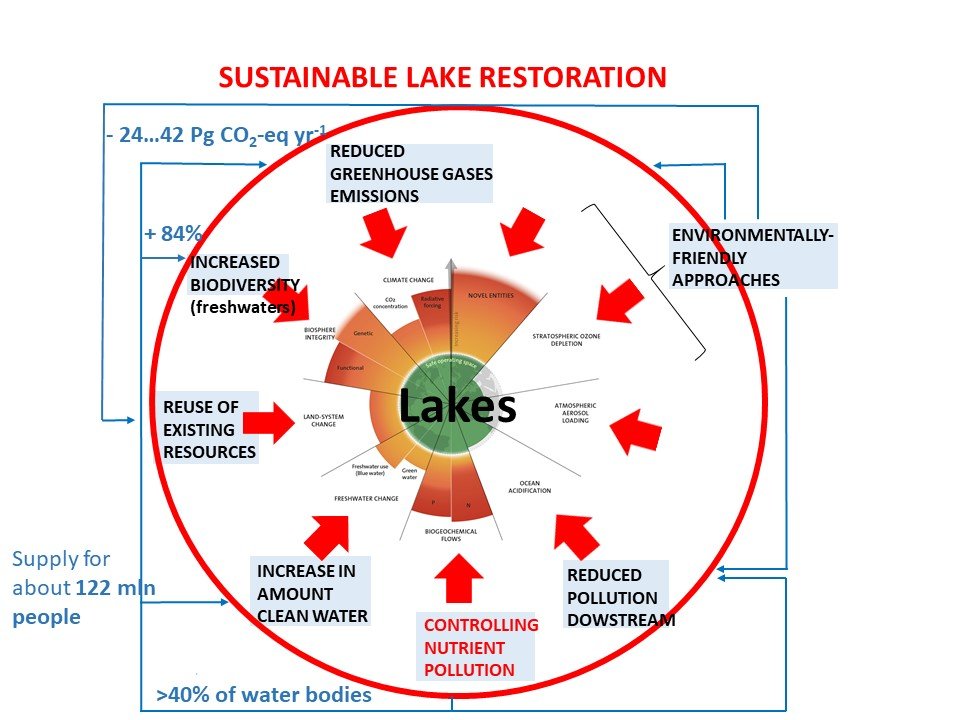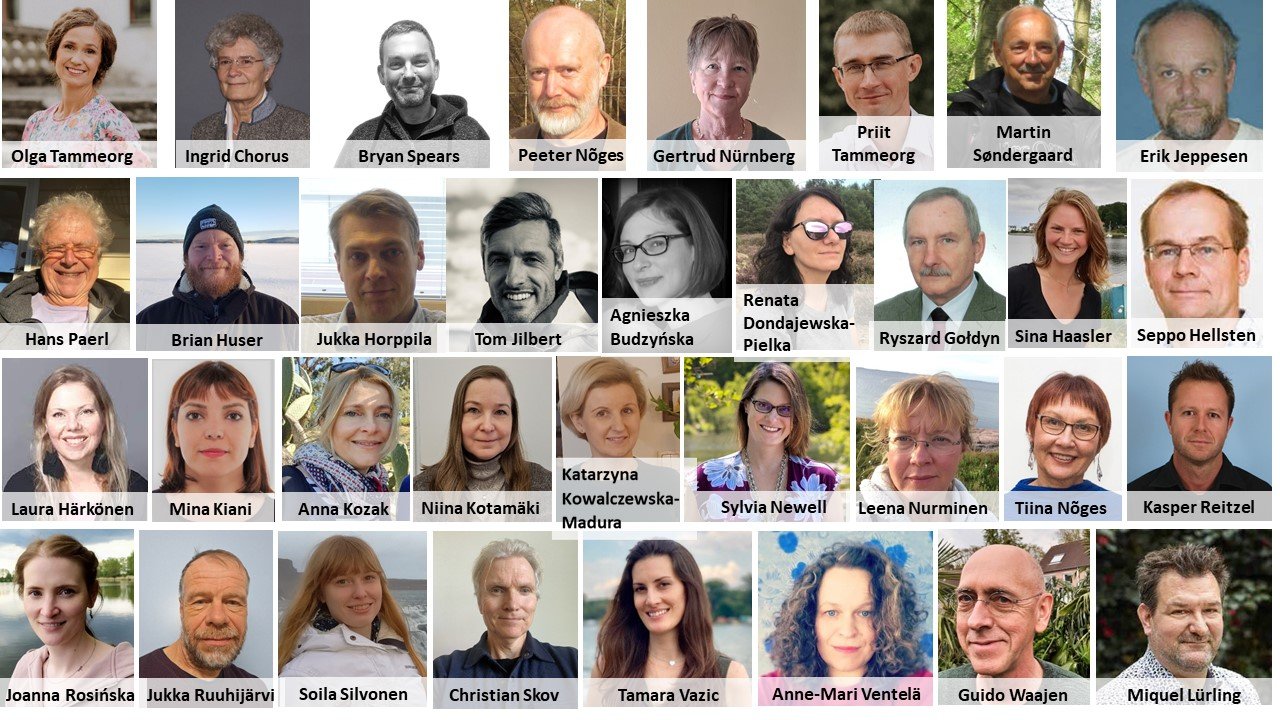These days we are celebrating 30 years of agroecology as a discipline in Finland. I think we all agree that 30 years is rather a young age for a scientific discipline, and a lot has changed since Juha Helenius started his first five-year probational professorship in agroecology in 1996! The first years were tough as the new discipline fell between the silos of established fields of science and routes towards funding, and only the perseverance and inspiring nature of Juha and his closest team members paved the way to one of the most popular and productive study lines in agricultural sciences of University of Helsinki that agroecology is today. We had great honour to organise a traditional portrait of prof Helenius to be unveiled and presented to the University of Helsinki art collection on 29 August 2025!
The ceremony was opened by the follower of Juha, Prof. Johan Ekroos, and
the decades-long service of Juha Helenius was warmly covered by the speech of the
Dean of the Faculty of Agriculture and Forestry, Ritva Toivonen, who, in
the end of her speech, asked stewards, AgriChar group members and
agroecology researchers Mina Kiani and Jure Zrim to unveil the portrait.
The portrait was ceremonially accepted by the Vice-Rector of
University, Prof. Jouni Hirvonen and he also presented Juha with the
highest prize University of Helsinki provides to distinguished
professors, the University of Helsinki
Silver medal. Indeed, Juha has made agroecology visible both within and
outside University of Helsinki, well deserved!
In the afternoon, the friends of agroecology gathered together to the seminar of "30 years of agroecology in Finland", started with the overview by Juha Helenius himself. Perhaps one of his strongest points was the need to discuss regenerative agriculture from wider perspective, not only in terms of soil health, but also in terms of social and economic sustainability. For instance, as many of older farmers are ending their farming lifestyle, it is challenging to find new generations willing to take good care of the fields being farmed on for centuries.
 |
| Unveiling of the portrait of Prof. Juha Helenius and seminar to celebrate 30 y of agroecology in Finland | |
In the following presentations, Dr. Irina Herzon, Dr. Priit Tammeorg and Prof. Johan Ekroos discussed their path of agroecology, shared milestones from the past and future directions of research and teaching. The following are some insights I wanted to share from my talk, about my path as a student and later researcher in agroecology.
Firstly, it is very symbolic that we celebrate 30 y of agroecology in Finland the very week new first year students, the freshers, the youngest agroecologists currently in the academic path, have started their studies. On Monday 1st of September, the opening ceremony of the academic year was held and the rector of University of Helsinki, Prof. Sari Lindblom, welcomed the first-year students to the academic community. Welcome, our new colleagues!
And know something I was just thinking the other day here in Viikki watching the freshers happily chatting around the campus? Most of them are born in 2006-2007! Think about that, 2006 seems just around the corner for many of us, more seasoned scientists. For me, it was a historic year in the sense that I learned then, in summer 2006, first time about Prof. Juha Helenius in University of Helsinki teaching agroecology and organic farming.
I learned this as second year BSc student of Estonian University of Life Sciences in the experimentally opened agroecology study track that, unfortunately was ceased to exist in 2009. So I was already looking around for the closest option for continuing my studies in agroecology. I was a trainee of Jukka Rajala, the pioneer of Finnish organic farming, who had just published the second edition of his organic farming handbook- while working in the oldest organic farm continuously working in Finland, where his parents, Elvi and Aaro Rajala started farming organically in 1965 in Ypäjä. I still recollect the stories heard during early morning milking tours from Finnish war veteran Aaro Rajala, among these were the stories how they were practicing some early-day community supported farming and delivering four times per week organic vegetables to the Helsinki!
And very soon, in August 2008, I started as a fresh MSc student in agroecology under the supervision of Juha Helenius, Iryna Herzon, and in terms of my MSc thesis, also another legendary name in the organic farming history of Northern Europe, Jukka Kivelä- as my MSc thesis was focusing on meat and bone meal as organic fertilizer. Thank you Jukka and Juha, for the inspiration, we have been studying different organic fertilizers ever since and in many of the combinations, meat and bone meal has been one of the key components!
The amount of scientific literature on agroecology over the past 30 years globally- and as you can see, there has been skyrocketing of the literature in past ten years. In 2010, Juha Helenius invited me to continue my studies as a doctoral student in a brand new field in agroecology, the biochar science and we can today confidently say that more than half of the age of agroecology in Finland is also the age of biochar science under its umbrella.
During my doctoral studies, perhaps the most important bit I learned from Juha Helenius were the benefits of being open: in all his research proposals, project meetings or even courses he invited on board all the colleagues who could, even by the smallest bit, be interested in collaboration and building synergy. There were always vivid discussions as we had soil scientists, crop scientists, agroecologists, experts of economy and forestry in our meetings of the AgriChar project and Juha encouraged always all to join either as advisory board members or project researchers. I think this photo below from my doctoral thesis defense with my opponent and all the supervisors and thesis committee members involved in my thesis illustrates nicely the interdicplinarity of my work, something I learned from Juha and have continued ever since. As you see, we have here professors and university lecturers of almost all the agricultural sciences related to biochar effects on soil, biota and plants.
Now, if we put biochar keyword to the same figure of nr of scientific publications, we see that it all started also globally around 2010, but soon after the interest in sequestering carbon from the atmosphere in stable form to the soils as biochar became really one of the hottest topics in the agricultural sciences in general. And Juha was the pioneer in Finland who realized the importance and the relevance of the topic right at the beginning and started the first AgriChar project in spring 2010. We then established the still-running in active monitoring, long-term biochar field experiments that are currently in the end of 16th growing season! This is something very unique globally!

These experiments have been playing crucial role for already three completed doctoral theses and dozens of MSc theses and are currently producing data to four more doctoral theses and many more MSc theses in our AgriChar research group! Some of these insights from the first 16 years we will be sharing next week in Sevilla, Spain during the EUROSOIL conference. Looking forward to that!
In addition to starting the AgriChar research group, Juha also gave the first spark to initiate a website of UH biochar research and what started as a small Nordic biochar blog, our AgriChar research group website has visitors from almost all the countries in the world- there really is a lot of interest in our work with biochar and nutrient recycling. Warm thank you to Juha and all our visitors here!
Go agroecology and biochar research in University of Helsinki!



















 Figure 1. Sustainable lake restoration enables to bring the Planet back to the safe operation space. By controlling nutrient pollution to lakes effectively and with the use of environmentally friendly approaches that support nutrient recycling, reuse and recovery, we address a number of interlinked environmental problems.
Figure 1. Sustainable lake restoration enables to bring the Planet back to the safe operation space. By controlling nutrient pollution to lakes effectively and with the use of environmentally friendly approaches that support nutrient recycling, reuse and recovery, we address a number of interlinked environmental problems. Photo 1. Our team exploring sustainable lake restoration and delivering to the planetary boundaries science.
Photo 1. Our team exploring sustainable lake restoration and delivering to the planetary boundaries science.